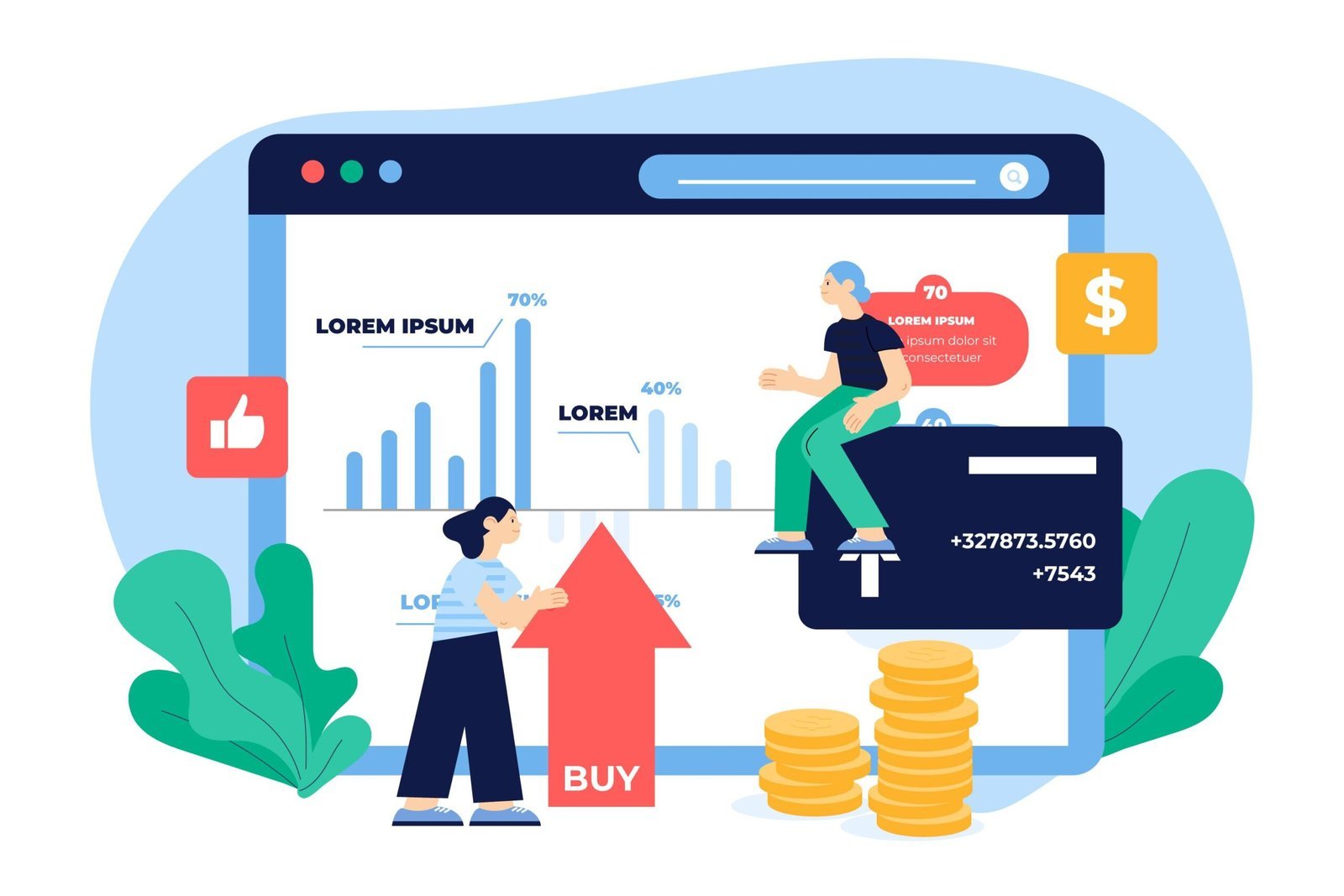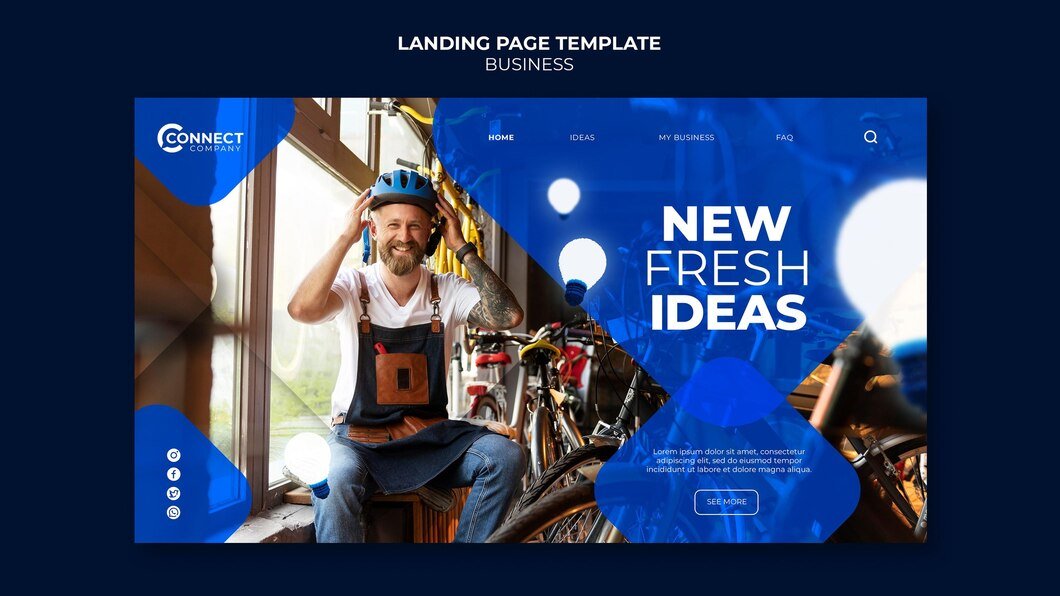In today’s highly competitive digital marketplace, increasing e-commerce conversion rates is critical for business growth and sustainability. While attracting traffic to your website is important, converting that traffic into paying customers is what truly drives revenue. This article explores various strategies and best practices that can help you enhance your e-commerce conversion rates effectively.
Understanding Conversion Rates
Before diving into the strategies, it’s essential to understand what conversion rates are. A conversion rate is the percentage of visitors to your e-commerce site who complete a desired action, such as making a purchase, signing up for a newsletter, or filling out a contact form. This metric is crucial because it directly impacts your sales and overall business performance.
1. Optimize Your Website’s User Experience (UX)
User experience is a fundamental aspect of any successful e-commerce site. A seamless, intuitive, and enjoyable shopping experience can significantly boost your conversion rates.
Streamline Navigation
Ensure that your website is easy to navigate. Categorize products logically and provide a clear, accessible menu. Implement a robust search function that helps users find what they are looking for quickly.
Mobile Optimization
With an increasing number of consumers shopping on their mobile devices, optimizing your website for mobile use is non-negotiable. Ensure that your site is responsive, loads quickly, and offers a smooth experience on all screen sizes.
Simplify the Checkout Process
A complex or lengthy checkout process can lead to cart abandonment. Simplify the checkout process by reducing the number of steps, offering guest checkout options, and providing multiple payment methods.
2. Leverage High-Quality Product Images and Descriptions
High-quality visuals and detailed descriptions can make or break a sale. They help build trust and provide customers with the information they need to make a purchase decision.
Professional Product Photography
Invest in professional photography to showcase your products in the best light. Use high-resolution images and provide multiple views of the product. Including zoom functionality can also enhance the customer experience.
Compelling Product Descriptions
Write clear, concise, and persuasive product descriptions. Highlight the benefits and features of the product, and include relevant keywords to improve search engine visibility. Address common customer questions and concerns within the description.
3. Implement Trust Signals
Building trust is paramount in converting visitors into customers. Implementing trust signals can reassure potential buyers about the security and reliability of your e-commerce site.
Customer Reviews and Testimonials
Display customer reviews and testimonials prominently on your product pages. Positive reviews can significantly influence purchase decisions and build credibility.
Trust Badges and Certifications
Include trust badges, such as secure payment icons, SSL certificates, and industry certifications. These badges can reassure customers about the safety and security of their personal and payment information.
4. Utilize Effective Call-to-Actions (CTAs)
Your call-to-action (CTA) buttons should be compelling and strategically placed to guide visitors towards making a purchase.
Clear and Action-Oriented CTAs
Use clear, action-oriented language in your CTAs. Phrases like “Buy Now,” “Add to Cart,” or “Sign Up Today” can encourage visitors to take the desired action. Ensure that your CTAs stand out visually and are easy to locate on the page.
Create a Sense of Urgency
Creating a sense of urgency can motivate customers to complete their purchase. Use time-limited offers, countdown timers, or highlight low stock levels to encourage immediate action.
5. Offer Personalized Shopping Experiences
Personalization can significantly enhance the shopping experience and increase conversion rates by making customers feel valued and understood.
Product Recommendations
Use data-driven algorithms to recommend products based on a customer’s browsing history and previous purchases. Personalized product recommendations can increase average order value and encourage repeat purchases.
Customized Content
Deliver personalized content and offers through email marketing and on-site messaging. Tailored promotions and product suggestions can resonate more with individual customers and drive conversions.
6. Enhance Site Speed and Performance
Website performance plays a crucial role in user experience and conversion rates. A slow-loading site can frustrate visitors and lead to higher bounce rates.
Optimize Load Times
Optimize your site’s load times by compressing images, leveraging browser caching, and using a content delivery network (CDN). Regularly monitor and improve your site’s performance to ensure a fast, smooth experience for users.
Reduce Technical Errors
Regularly check for and fix technical issues such as broken links, 404 errors, and other glitches that can disrupt the user experience. A well-maintained site can instill confidence and encourage visitors to complete their purchase.
7. Use A/B Testing
A/B testing involves comparing two versions of a webpage to see which one performs better. This method can help you identify what works best for your audience and continuously optimize your site.
Test Different Elements
Conduct A/B tests on various elements such as headlines, images, CTAs, and product descriptions. Analyze the results to understand what resonates most with your audience and implement the winning variations.
Continuous Improvement
Conversion rate optimization is an ongoing process. Regularly conduct A/B tests and use the insights to make data-driven improvements to your e-commerce site.
Conclusion
Increasing your e-commerce conversion rates requires a multifaceted approach. By optimizing your website’s user experience, leveraging high-quality visuals and descriptions, implementing trust signals, using effective CTAs, offering personalized shopping experiences, enhancing site performance, and utilizing A/B testing, you can significantly boost your conversion rates and drive business growth.
Remember, the key to successful conversion rate optimization is understanding your audience and continually refining your strategies based on their behavior and feedback. With these best practices in place, you’ll be well on your way to turning more visitors into loyal customers.













